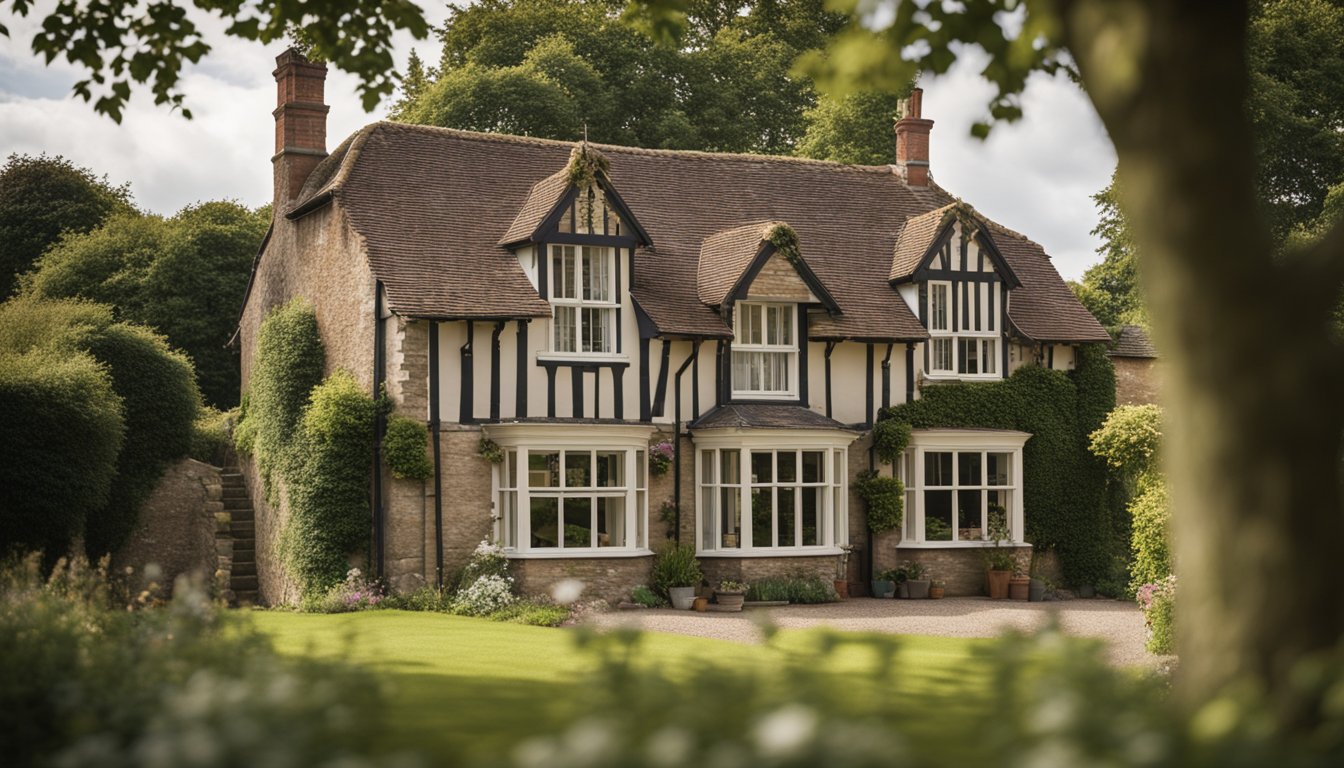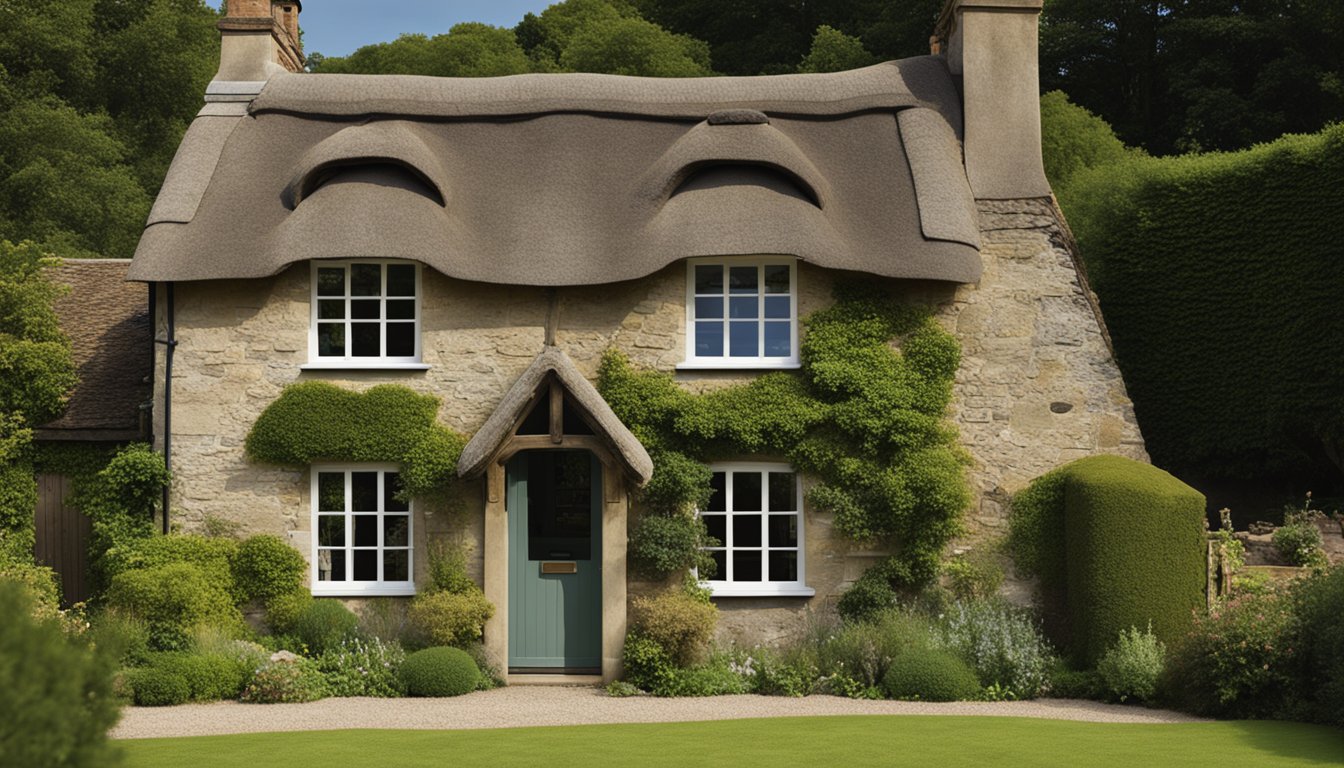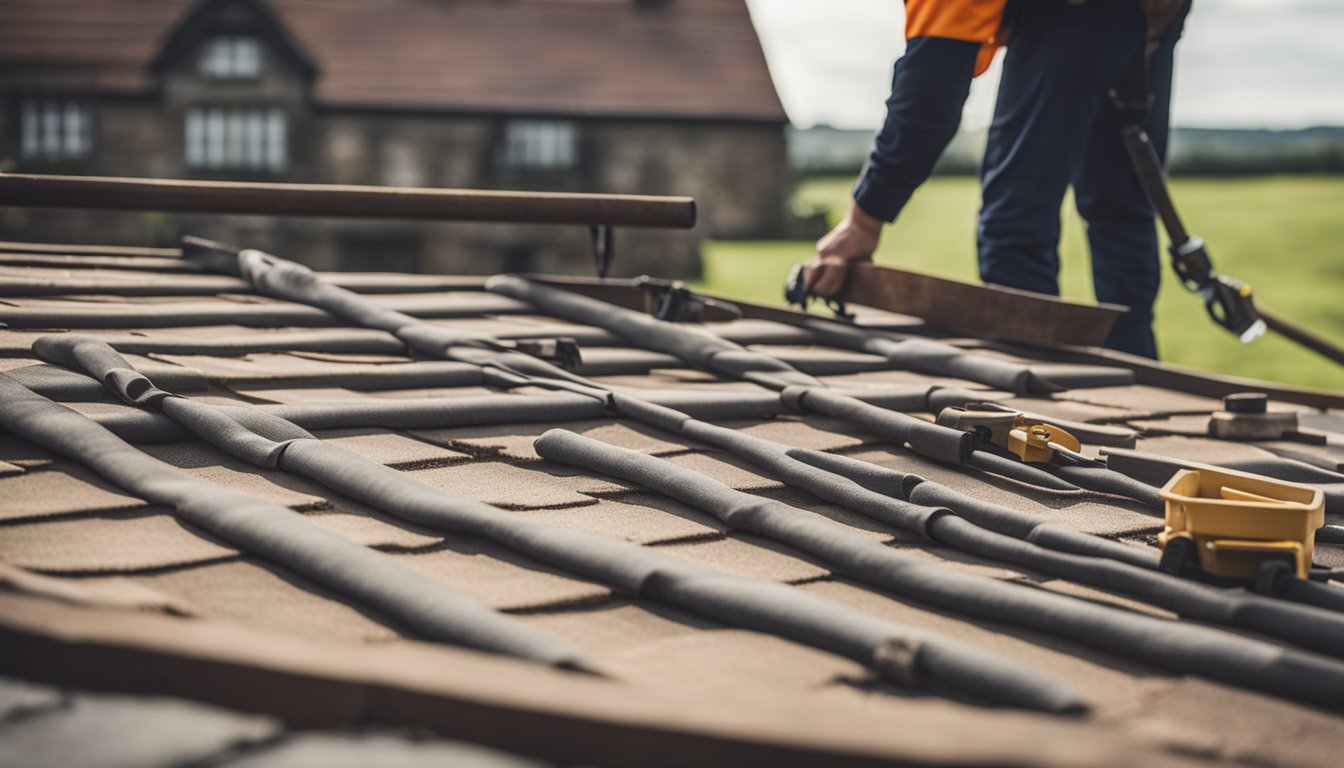Late updated: 11 Aug 2024 11:08
Written by: Oliver Bennett
Roof Restoration Techniques For Historic UK Homes: Preserving Architectural Heritage
When it comes to preserving the charm and structural integrity of historic UK homes, roof restoration techniques play a vital role. Understanding the unique characteristics of traditional roofing materials and methods is essential for maintaining these architectural treasures. From the distinct charm of Welsh slate roofs to locally sourced coverings that tell the story of a region’s past, each material carries historical significance and requires specialised care.

In our exploration of roof restoration, we’ll delve into various strategies and provide actionable advice for both homeowners and professionals. We aim to address common concerns about historic buildings, discuss suitable conservation practices, and outline the permissions needed for working on listed buildings. By approaching roof restoration with respect for the original craftsmanship, we can ensure these structures continue to captivate and inspire future generations.
Key Takeaways
- Understanding historic roofing materials is essential for preservation.
- Effective restoration requires specialised techniques.
- Permissions are necessary for work on listed buildings.
Understanding Historic Roofing Systems and Materials

Historic UK homes showcase diverse roofing systems and materials, shaped by regional availability and historical context. Grasping the significance, common materials, and signs of decay allows for effective restoration and maintenance.
Evaluating the Significance of the Roof
The roof structure is often the oldest and least altered part of a historic building. It tells a story about the building’s age and significance.
Examining construction methods and materials helps us understand its historical context. For instance, a roof incorporating local stone or slate reflects regional traditions.
Preserving the character and authenticity is crucial. We see that even minor alterations can diminish the historical integrity of the structure.
Common Roofing Materials in UK Historic Homes
Timber frames support most historic roofs. Oak is especially prevalent due to its strength and availability.
Slate, particularly Welsh slate, is a popular roofing material. It’s durable and offers excellent waterproofing.
Clay tiles also feature prominently. They come in various shapes and colours, reflecting local clay sources. Stone slabs, available in certain regions, provide both durability and aesthetic appeal.
Lead, used for flashings, ridges, and gutters, demonstrates significant durability. As newer materials like copper and steel emerged, these too found their way into historic roofing.
Assessing Roof Deterioration and Decay
Regular inspection is key. Common issues include broken or slipped slates, cracked tiles, and deteriorated mortar.
Signs of decay might involve damp patches, indicating leaks. Timber structures can suffer from rot and infestations. We must pay attention to lead flashing as well—corrosion can lead to significant water damage.
Physical properties and durability of materials guide the repair process. Understanding these properties helps us choose appropriate conservation techniques, maintaining the roof's historical and structural integrity.
Visual checks, combined with professional assessments, ensure timely and sensitive restoration.
Strategies for Restoration and Maintenance
Restoring and maintaining roofs in historic UK homes require a balanced approach that combines regulatory compliance, traditional methods, and contemporary expertise. Each aspect must be given due consideration to preserve the historical significance while ensuring modern safety and efficiency.
Securing Permissions and Understanding Policy
Before initiating any restoration work, we must secure permissions, especially if the building is listed or located within a conservation area. Understanding the local planning authority's guidelines is crucial.
Listed buildings require compliance with strict conservation policies to ensure any repairs or replacements maintain the building’s authenticity. We should conduct research and consult the local planning authority to understand what is permissible.
Obtaining permission may also involve submitting detailed plans and justifications for the work. Engaging a professional adviser with expertise in historic buildings can provide valuable guidance, ensuring all legal and conservation requirements are met.
Best Practices for Roof Repair and Replacement
Restoring an old roof demands the use of materials and methods that align with the building’s original construction. Using traditional materials like slate, clay tiles, and lead flashings is essential to maintain the historical integrity.
First, we must conduct a thorough inspection to identify repairable faults such as leaks around chimneys or slipped slates. For significant damage, partial or complete replacement might be necessary, using sourced materials that match the original.
Routine maintenance should include regular inspections and prompt repair of minor issues. Preventing damp and deterioration extends the lifespan of the roof. Consulting conservation guidelines can help determine the best practices for maintaining the historic fabric of the home.
Working With Professionals
Enlisting the expertise of professionals who specialise in historic building restoration is vital. These contractors have the necessary skills and knowledge to handle the unique challenges such restoration projects present.
We should look for contractors with proven experience in conservation and traditional construction methods. Recommendations from conservation bodies or local planning authorities can be invaluable.
Collaboration with professionals involves clear communication of the project's aims and ensuring that all work complies with conservation principles. This partnership ensures that our restoration work preserves the building’s heritage while meeting modern standards for safety and functionality.
Frequently Asked Questions

We address common queries regarding roof restoration in historic UK homes, covering critical aspects such as restoration techniques, contractor qualifications, and maintenance essentials.
What are the recommended methods for restoring the roofs of historic homes in the UK?
Restoring a historic roof often involves using traditional materials like slate, clay tiles, or thatch to match the original construction.
Careful attention must be paid to repairable faults such as leaking chimneys, lead flashings, and slipped slates, ensuring minimal disruption.
How do you balance preserving authenticity with the structural integrity when re-roofing a heritage property?
We aim to retain as much of the original material as possible.
When replacement is necessary, we use historically accurate materials that support the building's structural needs while preserving its character.
What qualifications should I look for in contractors who specialise in historic buildings?
Look for contractors with experience in Grade I and Grade II listed building restorations.
Verifications from bodies like CADW, English Heritage, and the National Trust can be strong indicators of specialized expertise.
What essential maintenance is required to preserve a historic building's roof?
Regular inspections and timely repairs are crucial.
Key areas to monitor include chimneys, flashings, and roof coverings to prevent issues like damp and leaks which can cause significant damage.
How can energy efficiency improvements be implemented in historic UK homes without compromising their character?
Improvements can be achieved by enhancing insulation and installing draught-proofing in a manner that does not alter the exterior appearance.
Specialist secondary glazing can also improve efficiency without detracting from historic window designs.
What is the typical lifespan of a roof on a historic UK house, and what factors contribute to its longevity?
The lifespan of a historic roof can range from 50 to over 100 years, depending on the materials used and the level of maintenance provided.
Regular upkeep and using high-quality, historically accurate materials are important factors for ensuring longevity.
